The tensile strength of aluminum alloys is a key factor that makes them highly suitable for aerospace applications. Tensile strength refers to the maximum amount of tensile (pulling or stretching) stress a material can withstand before failure. In the context of aerospace, where materials are subjected to various forces and stresses, having a high tensile strength is essential for ensuring safety and performance.
Aluminum alloys are categorized based on the primary alloying element used. Each category offers different mechanical properties, including tensile strength, which is tailored to meet specific aerospace requirements. Here is an overview of the tensile strength of some commonly used aluminum alloys in aerospace applications:
Table of Aluminum Alloys and Their Tensile Strengths
| Alloy Series | Alloy | Primary Alloying Element(s) | Ultimate Tensile Strength (MPa) | Applications |
|---|---|---|---|---|
| 1xxx | 1100 | Pure Aluminum | 90 – 130 | Chemical equipment, food industry, decorative |
| 1xxx | 1350 | Pure Aluminum | 55 – 95 | Electrical conductors |
| 2xxx | 2024-O | Copper | 140 – 210 | Aerospace structures requiring formability |
| 2xxx | 2024-T3 | Copper | 483 | Aircraft structures, fuselage, wings |
| 2xxx | 2014 | Copper | 200 | Aerospace, military vehicles |
| 3xxx | 3003 | Manganese | 95 – 145 | Heat exchangers, chemical equipment |
| 3xxx | 3105 | Manganese | 110 – 145 | Residential siding, mobile homes |
| 4xxx | 4032 | Silicon | 380 – 440 | Automotive engine components |
| 4xxx | 4045 | Silicon | 180 – 205 | Cladding, brazing sheet |
| 5xxx | 5052 | Magnesium | 193 – 241 | Marine environments, pressure vessels |
| 5xxx | 5083 | Magnesium | 275 – 350 | Shipbuilding, automotive |
| 6xxx | 6061 | Magnesium & Silicon | 290 – 310 | Structural components, marine frames |
| 6xxx | 6063 | Magnesium & Silicon | 145 – 186 | Architectural applications, tubing |
| 7xxx | 7075 | Zinc | 510 – 572 | Aerospace, military, high-stress components |
| 7xxx | 7050 | Zinc | 460 – 520 | Aerospace structures, bulkheads |
| 8xxx | 8006 | Iron & Silicon | 125 – 180 | Packaging materials, heat exchanger fins |
| 8xxx | 8090 | Lithium | 450 – 480 | Aerospace, sporting goods, high-performance parts |
Factors Influencing Tensile Strength
Several factors influence the tensile strength of aluminum alloys, including:
- Alloying Elements: The type and amount of alloying elements significantly affect the mechanical properties of aluminum alloys. Elements like copper, magnesium, silicon, and zinc are used to enhance strength and other properties.
- Heat Treatment: Aluminum alloys can be heat-treated to alter their mechanical properties. Heat treatment processes like solution heat treatment and aging can increase the tensile strength of alloys.
- Cold Working: Some aluminum alloys gain strength through cold working processes, such as rolling, extruding, and forging. These processes introduce dislocations in the crystal structure, increasing strength.
- Microstructure: The grain size and phase distribution within the alloy also affect its tensile strength. Fine-grained structures typically offer higher strength compared to coarse-grained ones.
🔔 Also Read : Electrical Superiority of Aluminum Alloys: Conductivity and Resistivity DemystifiedImportance in Aerospace
The tensile strength of aluminum alloys is critical for aerospace applications where components must withstand high loads and stresses without failure. High tensile strength ensures that aircraft can endure the forces encountered during flight, including turbulence, takeoff, and landing. Moreover, the high strength-to-weight ratio of aluminum alloys contributes to fuel efficiency and payload capacity, essential for the economic and environmental aspects of aviation.
Conclusion
Aluminum alloys offer a unique combination of high tensile strength, lightweight, and corrosion resistance, making them ideal for aerospace applications. Understanding the tensile properties of different aluminum alloys allows engineers to select the right material for specific aerospace components, ensuring performance and safety while optimizing weight and cost. As research and development continue, new aluminum alloys with even higher tensile strengths and improved properties are expected to emerge, further advancing aerospace technology.


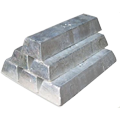
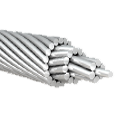
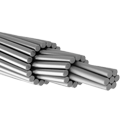
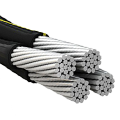
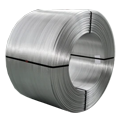
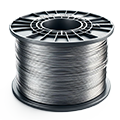








No comment